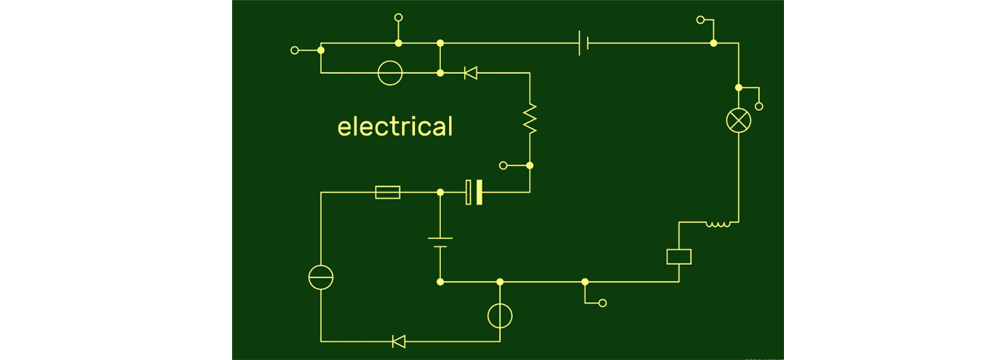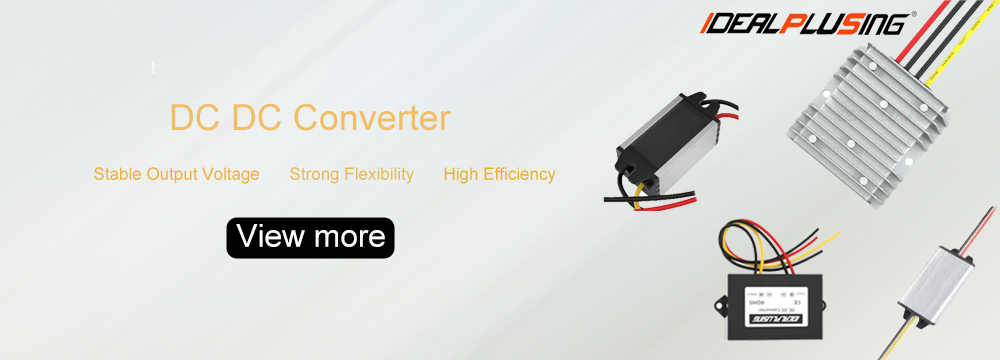A typical application of isolated DCDC is the powered "PD" part of "PoE". When we were designing, I considered that there were non-isolated PoE modules on the market. Can we also design a non-isolated DCDC design to implement PD, which can save costs and simplify the design.
Someone asked me: "If every family has a dam in front of the door to prevent surges, and your door is often open, are you afraid?"
When PoE power supply is provided by PSE (power supply) to multiple power recipients. If other PoE devices are strictly guarded by isolated power supplies, and there is a non-isolated power supply in the entire network, then all energy discharge paths will surge to this non-isolated power supply.
When multiple powered devices (PDs) are connected to the same power supply equipment (PSE), if one of the devices uses a non-isolated power supply and the other devices are isolated designs, then the electrical interference and surge energy in the entire system may flow to the non-isolated device.
In this case, the non-isolated design will become a weak link in the circuit, just like an unguarded gate in front of the door, which is easy to become a discharge path for interference, noise, and even fault current. This may not only damage the non-isolated PD, but also cause the stability of the entire network to decline, bringing safety hazards.
Therefore, although the non-isolated design may have certain advantages in cost and design complexity, in actual applications, especially in scenarios such as PoE involving multiple devices and multiple power supplies, the isolated design can better ensure the reliability and safety of the system.

1. Why do you need isolated DC/DC?
There are several important reasons for using isolated DC-DC converters (DCDC) in power supply design, depending on the application requirements. Here are some of the main reasons:
1.1 Safety and isolation: In some applications, such as medical equipment or industrial control systems, electrical isolation is required to prevent the high-voltage side from affecting the low-voltage side, thereby ensuring the safety of users. Isolated DCDC converters can provide electrical isolation between input and output to prevent fault currents from being directly conducted to downstream circuits.
1.2 Preventing interference: Isolated DCDC converters can help reduce electromagnetic interference (EMI), especially when there is significant noise or interference source between the input and output. By isolating the input and output, noise can be prevented from being transferred from one circuit to another, maintaining signal integrity.
1.3 Ground potential difference: In a system, there may be ground potential differences between different circuits. Using isolated DCDC converters can allow each circuit to operate independently without sharing a common ground, thus eliminating the problem of ground loops.
1.4 System separation: In complex power systems, it may be necessary to separate different parts of the power system, such as analog circuits and digital circuits. This can reduce mutual interference and ensure the reliability of different circuit parts.
1.5 Enhance system reliability: By using isolated DCDC converters, the propagation range of faults can be limited when a system fault occurs. For example, if a short circuit or other electrical fault occurs in a circuit, an isolated DCDC converter can prevent the fault current from affecting other parts of the circuit.
1.6 Voltage conversion: In some cases, conversion between different voltage levels is required, and electrical isolation is required between these voltage sources. Isolated DCDC converters can effectively achieve this while ensuring electrical isolation between different circuits.
These reasons make isolated DCDC converters indispensable in many applications, especially in scenarios where safety, reliability and anti-interference are critical.
2. Working principle of isolated DC-DC converter:
High-voltage DC is input into the DC-DC converter.
The DC-DC converter first uses a DC-AC inverter to invert DC to AC.
The inverted AC is isolated and stepped down by a transformer-like component.
The stepped-down AC is then rectified to DC by an AC-DC rectifier.
Finally, the required DC is output.
3. The main advantages of isolated DC-DC converters include:
3.1 Electrical isolation protection
The isolated converter achieves electrical isolation between input and output through a high-frequency transformer, which can effectively isolate external factors such as power grid fluctuations and electromagnetic interference to ensure safe operation of the equipment.
3.2 High power density
The high-frequency transformer and compact design can achieve high power transmission in a limited space, which is suitable for scenarios that are sensitive to volume and weight (such as vehicle power supply).
3.3 Soft switching technology
Some topologies (such as LLC resonant converter) use resonant networks to achieve zero voltage switching of the primary switch tube and zero current switching of the secondary rectifier tube, reducing switching losses and improving efficiency.
3.4 Stable voltage output
The output voltage can be maintained stable through the feedback control mechanism, which is suitable for occasions with high voltage accuracy requirements.

4. What is the difference between DC-DC isolated power supply module and non-isolated power supply module?
The difference between isolated power supply module and non-isolated power supply module on the market
4.1 Safety
DC-DC isolated power supply module refers to an isolated power supply that uses a transformer to reduce the voltage of various different voltages (such as: 48VDC, 24VDC, 12VDC, etc.) to the required voltage through the transformer, and then uses it as a load power supply.
The DC-DC non-isolated power module directly introduces various voltages into the electronic circuit, and then performs step-up and step-down output through electronic components. The input and output are directly connected through electronic components, and there is no isolation device such as a transformer in the middle, so it is called a non-isolated power module.
4.2 Efficiency
The non-isolated power module is generally more efficient because it lacks the energy lost by the magnetoelectric conversion of the transformer. The efficiency of the non-isolated power modules of most power supply manufacturers in the industry can reach more than 91%. In contrast, the efficiency of DC-DC isolated power modules is generally below 88%, so the heat generated by DC-DC isolated power modules is relatively larger than that of non-isolated power modules.
4.3. Cost and volume
Since the non-isolated power module does not require a transformer for electrical isolation between input and output, compared with the DC-DC isolated power module, the non-isolated power module requires a smaller volume, lower cost, and relatively less design difficulty for the same output power and output performance (such as output accuracy, load effect, dynamic response, etc.). If the design can consider non-isolation between input and output, compared with the DC-DC isolated power module, the use of non-isolated power modules for design can be said to be the first choice for engineers.
4.4. Load range
The output load range of the DC-DC isolated power module is smaller than that of the non-isolated power module.
Generally speaking, the output load range of the DC-DC isolated power module is 30-42V, and the load range of the non-isolated power module can be 30-84V. When selecting a power supply, many manufacturers require the power supply to be able to adapt to the full voltage 90-265V input for overall adaptability, and the load range is also required to be as high as 84V. Such a choice has certain risks and hidden dangers. When the 90V input is used, the power supply may lose the constant current function, and the total harmonic distortion is not cheaper than the isolation.
For the purpose of reducing costs and saving space, monolithic DC-DC converters have become an excellent choice for many large-scale applications, but they cannot be used in designs that require electrical isolation between the power input and output. Medical equipment is a good example. Usually, board-mounted isolated power supplies can be used as an alternative, but these power supplies rely on transformers to achieve the required electrical isolation, which reduces energy efficiency and increases solution cost, size and weight. Transformers also cause instability in the performance of DC-DC converters and make large-scale automated assembly difficult. To address many of the above challenges, designers can turn to isolated DC-DC converter modules that embed transformers into the converter substrate.
Isolated DC/DC converters play a vital role in electronic systems. They can not only effectively block noise interference and ensure circuit safety, but also achieve voltage conversion and electrical isolation between systems. Whether in industrial automation, medical equipment, or new energy and communications, isolation design can significantly improve the reliability and anti-interference ability of the system while meeting safety regulations.
With the development of technology, isolated DC/DC converters continue to optimize efficiency, power density and integration, and will play a key role in more demanding application scenarios in the future. Choosing the right isolation solution is an important part of ensuring stable system operation and long-term reliability.
Share our interesting knowledge and stories on social media














